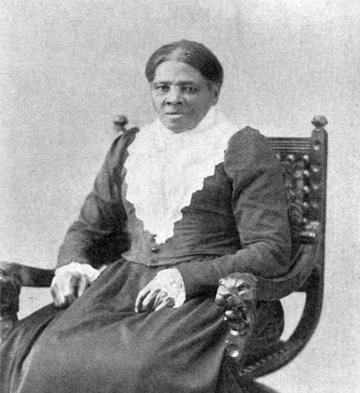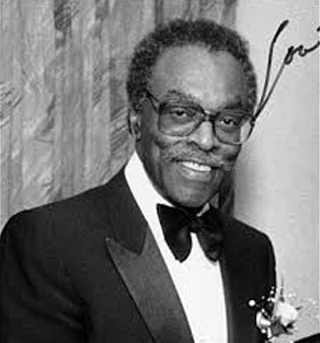CAROL MITTLESTEAD
The story of Black Canadians and their contributions to the country were not always recognized. It was only in December 1995 that the House of Commons declared February as Black History Month. Black people, how-ever, have been in Canada since 1605! The first recorded individual is Mathieu Da Costa. While there are questions around how Da Costa knew the Mi’kmaq dialect, he is noted as acting as a translator between French explorers and the indigenous population of what is now Nova Scotia. 
Largely due to the media and specifically the motion picture industry, the United States is far more boisterous than Canada in relaying its story of Black people. We do, however, have many famous – and infamous – facts that should be noted by all Canadians. A few are outlined below.
In 1793, Lieutenant- Governor John Graves Simcoe of Upper Canada (now Ontario) began the process of abolishing slavery in Canada. At the same time, the southern United States was expanding slavery. The invention of the cotton gin dramatically increased the production of cotton and thus the demand for slaves to work in the cotton fields. Blacks thus came to view Canada as the Promised Land, and the Underground Railroad had its beginnings in the early 1800s.
The Underground Railroad was a network of trails and safe houses that runaway slaves could follow into Canada. Inspired by the recent introduction of steam powered trains, the abolitionists who operated this escape route used rail terminology as code words and to cloak their movements. For example, Harriet Tubman is the most famous “conductor” or facilitator, guiding and travelling with people to ensure their safety. Until 1858, the “station” or safe house that she operated was in St. Catherines, Ontario. 
While many Black Canadians can trace their ancestry to the Underground Railroad or other American/British (Canadian) events such as the American Revolution (largely responsible for the Black population in the Maritimes), the U.S. Civil War and the War of 1812, more recently immigration has been responsible for increasing the Black popula-tion in Canada. Most of these individuals have arrived from or can trace their roots to the Caribbean and Guyana (South America).
Two Black Canadians that deserve special mention are Lincoln Alexander and Viola Desmond. Lincoln Alexander was a Canadian lawyer who became the first Black Member of Parliament in the House of Commons and went on to become the 24th and first Black Lieutenant Governor of Ontario (1985-1991). Growing up in Toronto in the 1920s and 30s, he was the only Black student in his school and learned to navigate through racism to be a successful contributor to the country that he loved so much. In 1992 Alexander was made a Companion of the Order of Canada and in 1996 Prime Minister Jean Chretien appointed him as chair of the Canadian Race Relations Board. Alexander was a staunch advocate of human rights until his death in 2012 at age 90.

In 2018 Canada released a new ten dollar bill featuring Viola Desmond; she was also named a National Historic Person. Desmond, a beautician who owned and operated the successful Desmond School of Beauty Culture, was on business trip from Halifax to Sydney, Nova Scotia. Car trouble dictated an overnight stop in New Glasgow and Desmond decided to take in a show at the Roseland Theatre where she choose to sit in the whites-only section. Although bi-racial (black father and white mother), it was the Black community of Nova Scotia that had accepted Desmond’s parents and their ten children. She was a “born” civil rights activist, and when asked to leave the white-only area, she refused. This was in 1946 – 11 years before American Rosa Parks sat on a bus in the whites-only area!
Desmond was convicted of a minor tax violation for the one cent tax difference between the seat she had paid for and the more expensive seat that she used. The fine was $20. With the assistance of the newly formed Nova Scotia Association for the Advancement of Colored People (NSAACP), Desmond appealed charging assault for her forcible removal from the theatre, false arrest and over-night imprisonment, and malicious prosecution. While the appeal was dismissed by Nova Scotia’s Supreme Court, Desmond was successful in highlighting racial discrimina-tion in Canada. It was not until 2010 that Desmond was granted a posthumous pardon. 
While this article only provides a brief historical overview and highlights just two heroes, hopefully you will agree that the contributions of Black Canadians to our national fabric need to be acknowledged.